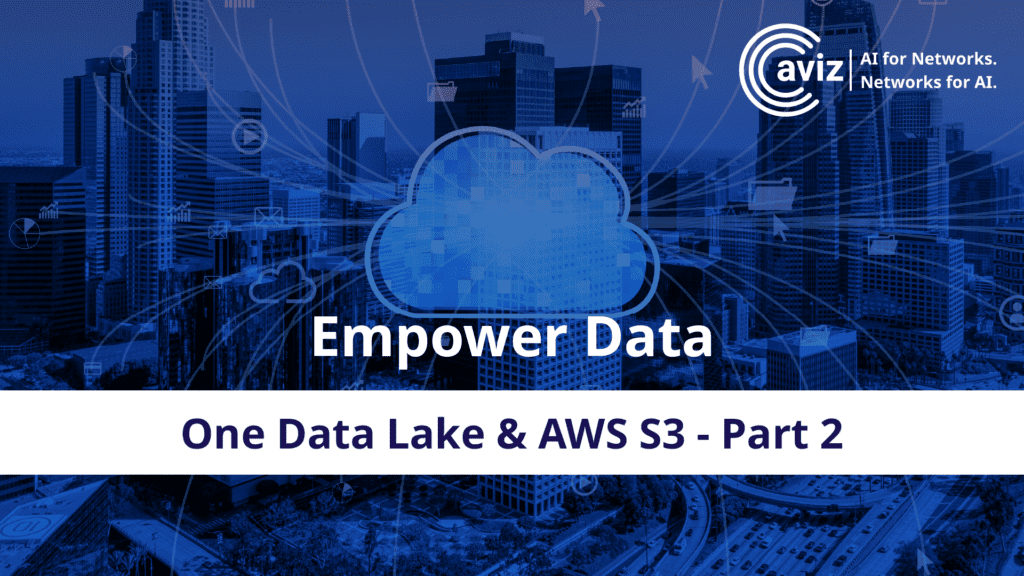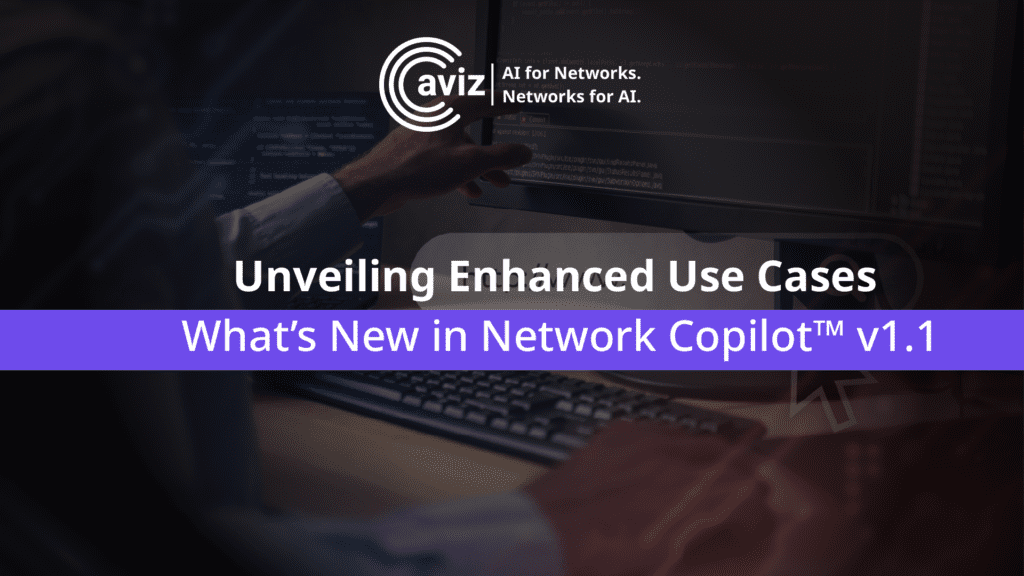The field of network monitoring and visibility has experienced a remarkable evolution, driven by the increasing complexity of computer networks and advancements in data handling and processing. This article explores the journey of network monitoring and visibility, from its early days of collecting basic metrics to its current state of providing intelligent insights and proactive network management for the SONiC fabric. Let’s first delve into how network monitoring and visibility have become indispensable aspects of modern-day networking, enabling organizations to gain valuable insights and make informed decisions.
Traditional Network Monitoring: Early network monitoring used Simple Network Management Protocol (SNMP) to gather basic metrics like bandwidth, packet loss, and latency. It aids in fault detection, performance tracking, proactive issue identification, troubleshooting, and compliance assurance. Despite scalability limitations, it’s still popular in large on-prem legacy networks.
Flow-based Monitoring: NetFlow and sFlow introduced flow-based monitoring, analyzing network traffic patterns by collecting comprehensive communication session data. It provides comprehensive network traffic insights, identifying usage patterns, bottlenecks, and anomalies for efficient network management.
Performance Monitoring and Analysis: Advanced performance monitoring tools evolved to provide real-time analysis, historical data, customizable dashboards, and insights into network traffic, application performance, and user behavior. They were designed to optimize network efficiency, identify potential issues, improve troubleshooting, and enhance user experience.
Alerting and Event Correlation: Alerting and event correlation mechanisms were then created by grouping related events with the intent to streamline network management, reduce response times, prevent system overloads, and enhance security by detecting anomalies quickly.
Network Visualization and Topology Mapping: Network visualization tools started providing graphical representations of network components, connections, and traffic flows. These tools helped enhance network understanding, simplify troubleshooting, improve planning, and boost operational efficiency through clear infrastructure representation.
Application-Aware Monitoring: Monitoring tool eventually started to include application-specific metrics and insights such as deep packet inspection and performance tracking, enhancing user experience, and aligning network monitoring with business goals for optimal application performance.
Security and Threat Monitoring: Network monitoring soon started to include security measures like intrusion detection, and threat detection tools, facilitating early detection of breaches through real-time surveillance and anomaly detection to ensure regulatory compliance.
Unified Network Monitoring: With the rise of cloud computing and mobile devices, unified network monitoring emerged, providing comprehensive visibility via a single dashboard for monitoring network performance and security across different environments.
Packet-based Monitoring: Packet-based monitoring became prevalent, capturing and analyzing data packets to gain detailed insights into network traffic, especially from security and application performance perspectives.
Intelligent Insights and Predictive Analytics: Finally, artificial intelligence and machine learning are now enabling real-time network data analysis enabling proactive troubleshooting, optimizing network performance, predicting potential issues, and aid in strategic decision-making.
At Aviz, we are at the forefront of the Open Networking revolution, enabling SONiC (Software for Open Networking in the Cloud), the open-source network operating system for enterprises, so you can not only leverage the flexibility of open-source to innovate but also optimize on the cost of their network infrastructure investments. We realize that network visibility is critical for the enterprise to effectively manage and secure its network infrastructure. Hence, we have taken a comprehensive and inclusive approach to delivering the ultimate network monitoring and visibility solution; one that not only covers all the traditional aspects of network visibility but is also future looking to address the needs of modern network infrastructures.
Our SONiC fabric visibility solution, Open Networking Enterprise Suite (ONES) offers a multi-vendor, multi-NOS (Network OS) platform that enables efficient management and security of the modern-day network infrastructure. By using ONES, enterprises of all sizes can benefit from the deep visibility it delivers, in particular for deployments involving SONiC on any hardware with any underlying ASIC.
ONES brings a range of essential features and capabilities that support extensive and effective visibility (figure 1). ONES telemetry agents collect and stream network telemetry data in near real-time to ensure administrators have the latest information for proactive monitoring and troubleshooting. User-friendly network topology visualization provides actionable insights for the entire network in a single unified view.

ONES dashboards are designed to provide deep insights into devices, software running on those devices, including peripherals such as transceivers connecting those devices. Version tracking for software, firmware, patches, and updates help stay compliant with security requirements and licensing policies (figure 2).

Continuous tracking of metrics for system health with customizable thresholds for alerting ensure smooth operations and proactive management of possible hardware failures (figure 3).

Real-time data analysis for bandwidth utilization and traffic errors provide meaningful insights for performance optimization and capacity planning (figure 4).

Figure 4: Aviz ONES Traffic Monitoring
Above are just a few examples of the comprehensive visibility ONES brings for SONiC fabric monitoring. More information on Aviz ONES can be found on our website and we are always happy to schedule a demo for any one interested in learning about ONES.
Conclusion
As SONiC deployments continue to gain momentum, the need for extensive monitoring and visibility along with proactive network management is getting more and more crucial for network operators. At Aviz, we strive to set the standards for SONiC fabric visibility, and provide the most comprehensive solution with deep insights regardless of the underlying hardware SONiC is running on. Our goal is to deliver a seamless experience for enterprises that are transitioning to the open-source NOS that not only lowers their network infrastructure TCO, but also delivers the flexibility to collaborate and innovate for the next-generation networks.




